DNC Week in the Streets of Philly: Day 1 Account
This week, the Democratic National Convention is taking place in Philadelphia, Pennsylvania. I live in Jersey — about a 2 hour train ride — so I decided to go down to Philly and spend Monday, Tuesday, and Wednesday experiencing the political occasion for myself. Everyday, I’ll be publishing an account of my experiences here in Philly, often with semi-journalism included. Here’s my recap of Day 1.
***
If you want to see my 200+ pictures from Day 1, click here to be redirected to my Facebook Photo Album.
Also, in advance, my writing for these accounts will be lengthy since this is more unedited and rushed than my normal writing content.
***
First on Monday’s schedule? The Philly Feast event on Arch & 3rd streets. Turns out the place has a really good music selection and even better food options, as well as local organizations and stores to choose from. From bbq trucks to live bands to artwork, the Feast event was a cool introduction to the Philadelphia community through food, music, art, and commerce. The heat wasn’t great, but the energy and people made it worth it.
***
After the Feast ended at 3, I walked to the Philadelphia City Hall for the main focus of the day: the rally march to the Wells Fargo Center (the site of the actual Convention itself). From what the native citizens told me (after the fact), that trip was about 5 miles one way. From experience, I can add that the actual events of the march made it feel like just 5 minutes had passed.
Firstly, whether you are or are not interested in politics/society, you should make it an objective to make it out to at least one protest/rally/march in your lifetime. This was my first and it gave me a raw, unfiltered, street view of the words and desires and emotions of the American people, many of whom were unapologetically honest in their opinions and perspectives on our country’s affairs. No second-hand account, no television view…none of that. Nothing can match walking the streets of a city, marching alongside other “average people” (or whatever that means) with opinions, and seeing your power and voice affirmed.
That last part requires some elaboration.
After around 20-30 minutes of marching down Broad Street, we reached the Avenue of the States section where flags from the 50 states flew alongside the street. We ran into about a decent-sized group of people sitting down on the road in front of a flagpole holding the Mississippi state flag. Yes, that’s the one with the confederate symbol in the corner. Anything wrong with the image below?
Yeah, obviously racist. So some of us stop marching to support those doing the miniature sit-in. From what I gathered, over the last 30 minutes the group had consistently asked nearby police officers to take down the racist flag but were consistently met with excuses and silence from the officers.
When my wave of marchers arrived and then stopped at the flagpole, the group swelled in size and we inside the group got more vocal. Our demand was simple: we would not stop sitting in the street until the flag was removed. Some sang songs, others started chants (“Take it down!” or “Black Lives Matter!”), some took matters into their own hands and tried climbing the flag pole or creating a lasso from shoe string, and some engaged in largely one-way discussion with the officers, who had formed a semi-circle around the base of the pole.
I spoke to John, the protestor who made the make-shift lasso. “I really didn’t want to go to jail, but I’d be happy to do so if it meant taking that down.”
The four officers directly in front of the pole were all black (that’s another issues in this situation. There was a slew of white officers behind the group of marchers, but the ones chosen to stand in front of the flag were black? Hmmmm.), and many of the people in the group accurately mentioned that those officers were defending a flag that hated their identity.
Halfway through, we noticed another flag on the opposite side of the street with the confederate symbol. I don’t know that
Our restlessness lasted for thirty more minutes. The officers weren’t any help: although our demands never changed, their responses were initially “the state has to remove it!” and “we can’t do anything on our own.” At one point during the prolonged delay, a rumor circulated that the officers were going to begin arresting those who did not move from the street. That only incited the group more, as one individual proclaimed that they’d “stay there until the flag was taken down.”
“We’re trying to take every necessary avenue to do this peacefully, I think the police do understand that. But I also think they should understand that it would behoove them to try and be as accommodating as peacefully as they can because nobody here wants violence,” protester Wesley said.
- Some marchers bought instruments and kept music going throughout the sit in.
Then, as the pressure continued to be applied, the officers excuses eventually morphed into “a ladder’s coming in 5 minutes.” Now, that itself was hard to believe as the officers said the same thing ten minutes later, but at least it appeared that we were getting somewhere. And that small progress undoubtedly was birthed by the forceful yet peaceful pressure applied by us, specifically the more vocal marchers who were willing to get close to officers’ faces to demand the flags be removed.
And, eventually, both flags did get removed — peacefully and by the local government. The ultimate moment was unexpected considering the delay in progress, but the group immediately chanted “Thank you, thank you” as the truck with a ladder drove by.
Flag #1 removed.
- Ladder is being raised…
- Flag is snatched down…
- Empty pole. Finally.
Flag #2 removed.
“It was a victory,” said Wes, another marcher. “It felt good, but I kinda wish we could have taken it down instead of the city.”
Seeing the flags ripped down produced an instant sense of satisfaction and fulfillment. I had just participated in the textbook example of an effective, efficient protest: peaceful yet forceful and, in the end, effective. The affirmation that the voice of the people and of myself has the potential to make change like that is invigorating to me, and made the rest of the March a much more confident and purposeful affair. It no longer felt like an event that I was just walking through. It felt like I was actually a critical component to a complete arc of change with a beginning, middle, and positive ending.
“It’s about eradicating racism,” said one protestor of the flag removal efforts. “It’s about removing all of these BS signs and flags.”
With that being said, not all the takeaways from that experience are beautiful. There’s still no reason why it took so long for the flag to be taken down (the actual process of ripping took less than 5 minutes each flag), especially since the officers there seemed reluctant to actually take it down until the crowd around the pole swelled to a massive size. Although I learned a lot about the power of ones voice, I also learned that the government is in no hurry to do anything when a small group of people demand something. Action comes faster when the size is large, an ugly reality that is unfair for the millions in our country with genuine issues but not enough support and awareness to raise a significant complaint.
“I would have sat there for a week straight if I had to,” one marcher said after the flag removal. Racism in this country scares me. It felt important for me to sit in solidarity and as long as I needed to until that Mississippi flag came down because it does not symbolize what I believe in,” said one protestor. “I’m a citizen in this country and I don’t want to see the confederate flag flying no matter what.”
And also, our concerns with black cops standing in front of the flag still raises questions for me. So many other white officers could have been out there, because there literally was a row of them on bikes behind the group of marchers. For brief moments, some white cops would pop up and try and help things in order, but it seemed like they only maintained a presence for second or two and then faded into the background. But only four officers were consistent in standing in front of the pole throughout the ordeal, and they were brown skinned. And again, that’d be fine…if only the flag didn’t represent generations of anti-blackness.
“I found it really disturbing that the city would put black police officers in front of the racist flag to protect it when there are plenty of white officers around to do that,” said a protestor. “That flag represents hate and oppression to an entire group of people and it doesn’t belong in society today.”
And, of course, there’s always the question of WHY the Mississippi flag is allowed to fly across the country — (normally) as freely as it does — in the first place. How can we still allow that inferiority symbolism to wave above streets filled with the very people the symbol oppressed? And what must be going through the mind of black officers, who are forced to defend that flag’s presence on the pole?
Excusing those nagging questions, though, the Day 1 march was great. We finished the second half of the march free of stop, and the overall energy from us was more alive and confident than ever. I know for me personally, it was like: ‘I just made change. Why should I stop there?’
***
So yea. Obviously, the march was the biggest highlight, but wanted to include one anecdote here. At the end of the March everyone assembled at a park near the Wells Fargo Center to continue chanting and rallying. There, in the midst of that positive energy, though, I spotted a Blue Lives Matter sign as well as other conservative-based principles.
Although I was dismayed to see anything relating blue lives matter in that moment, the journalist in me told me to ask the guy for an interview. I reached out to shake his hand and introduce myself, but he simply looked at me for a split second and then turned around and walked away in silence. I didn’t get to say a word.
***
The March was an occasion largely for Bernie Sanders supporters to express their frustration with the DNC’s corruption and Hilary Clinton’s nomination. I talked to some of the people I marched with and got some quotes on why exactly they were marching:
“We don’t have a specific goal today except to raise awareness to the fact that this country is no longer a democracy. It used to be a country of the people, for the people, by the people, but the last hope of that was gone during this Democratic primary process.” — a Brooklyn marcher.
“There’s a lot of fear-mongering going on on either side. For Trump, it’s fear of immigrants or terrorism. For the Democrats, it’s fear of Trump. And when you have politics like that, you end up with a party that doesn’t want to make progress. For a lot of us, that’s what Hilary represents. She represents dishonesty, corruption. … The more people who come out and participate in rallies shows that they’re interested and that they want change.” — Brandon from Mount Laurel, New Jersey.
“Donald Trump has made it OK to hate again, and that’s a culture we can’t accept.” — Wesley.
“We’re not going to stand up for what the DNC is doing. They’re turning this country into an oligarchy.” — a marcher.
“The government’s not efficient at meeting the needs and desires of the American people. Currently we’re in a Constitutional crisis.” — Wes from California.
“Today, I want to see how strong and powerful the people are. [The government] has been murdering people left and right, over 600 people killed this year already.” — a marcher.
“Stop corruption. But I don’t believe in politics.” — a marcher.
***
Check back tomorrow for Day 2!
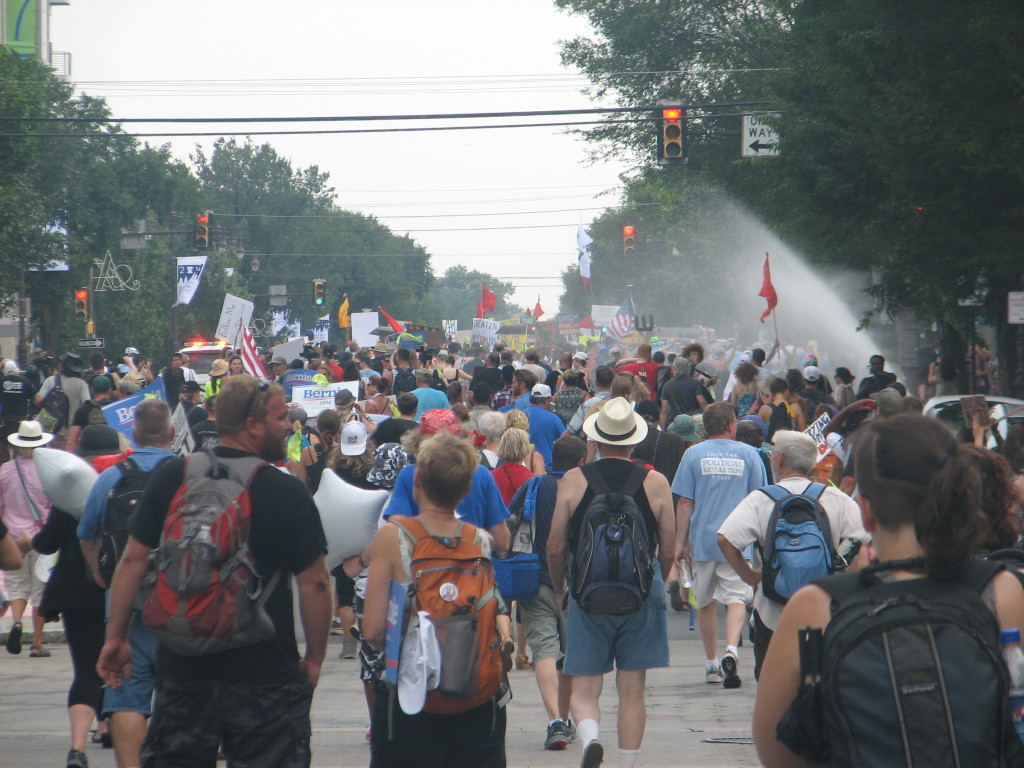
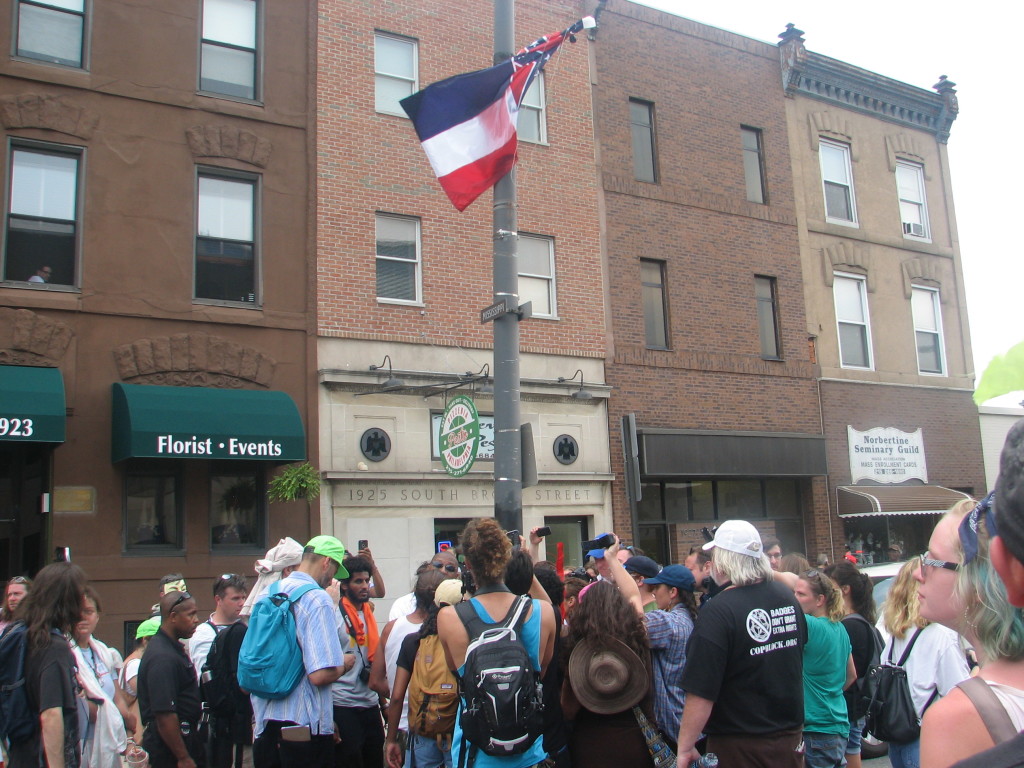
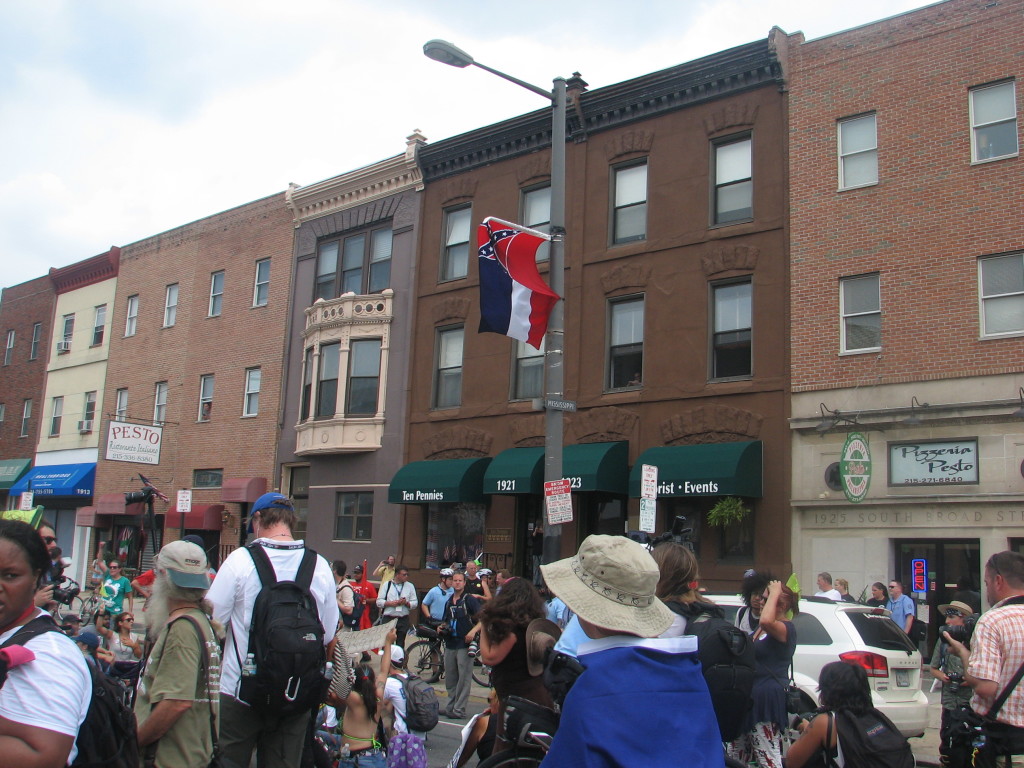
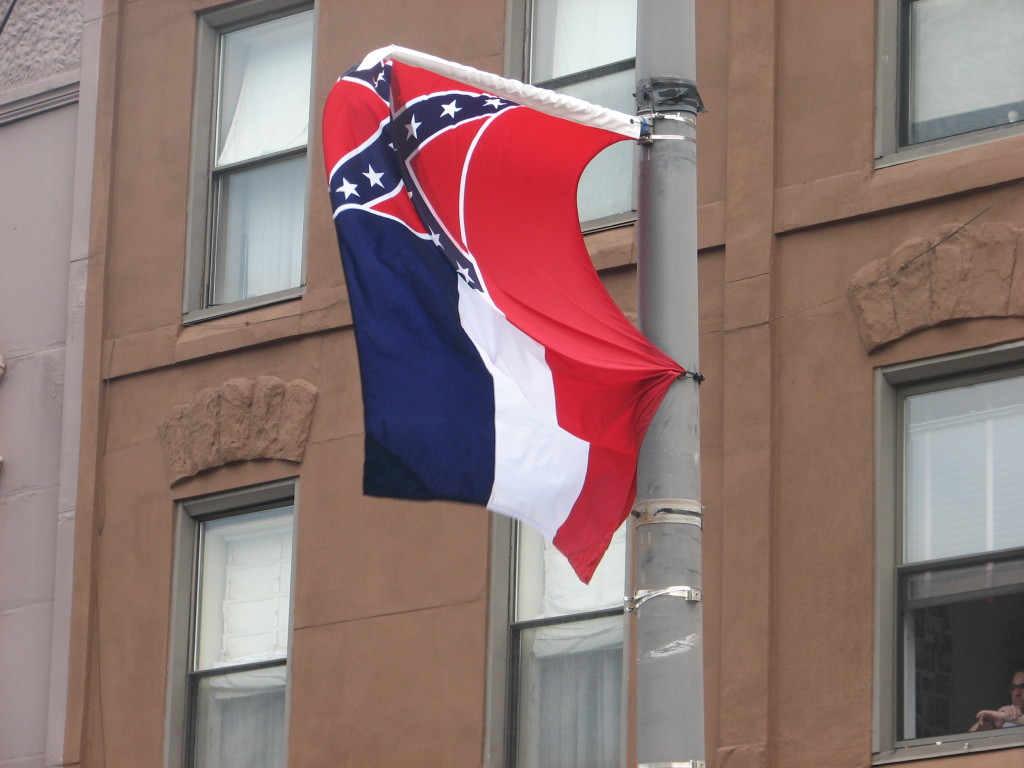
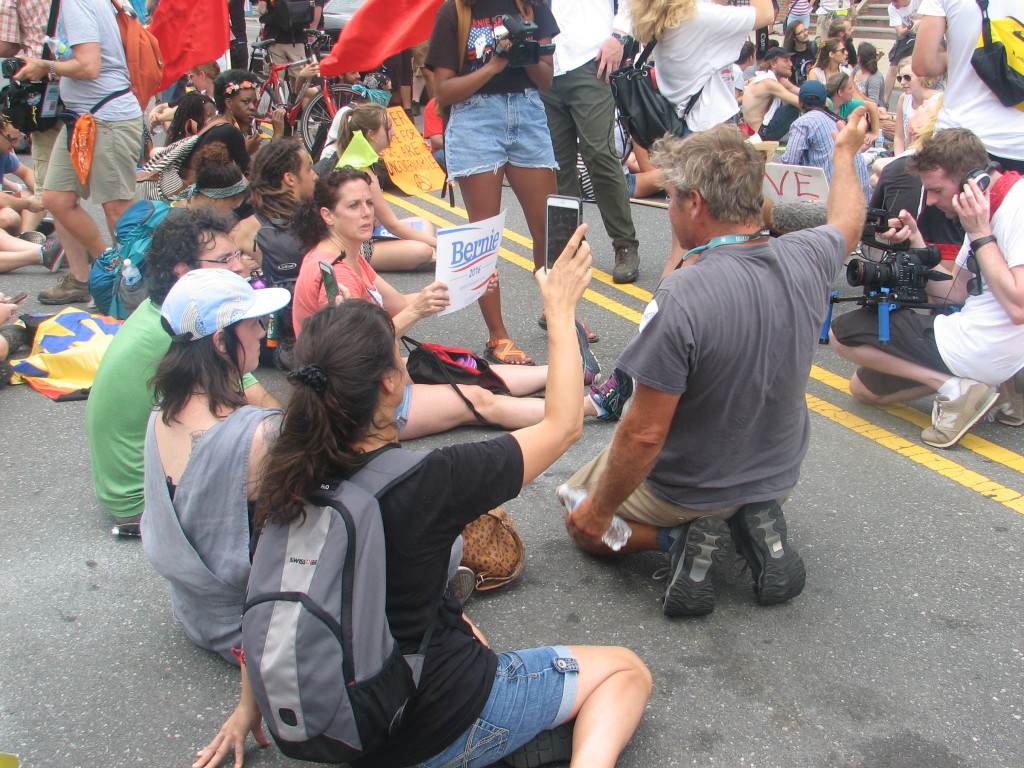
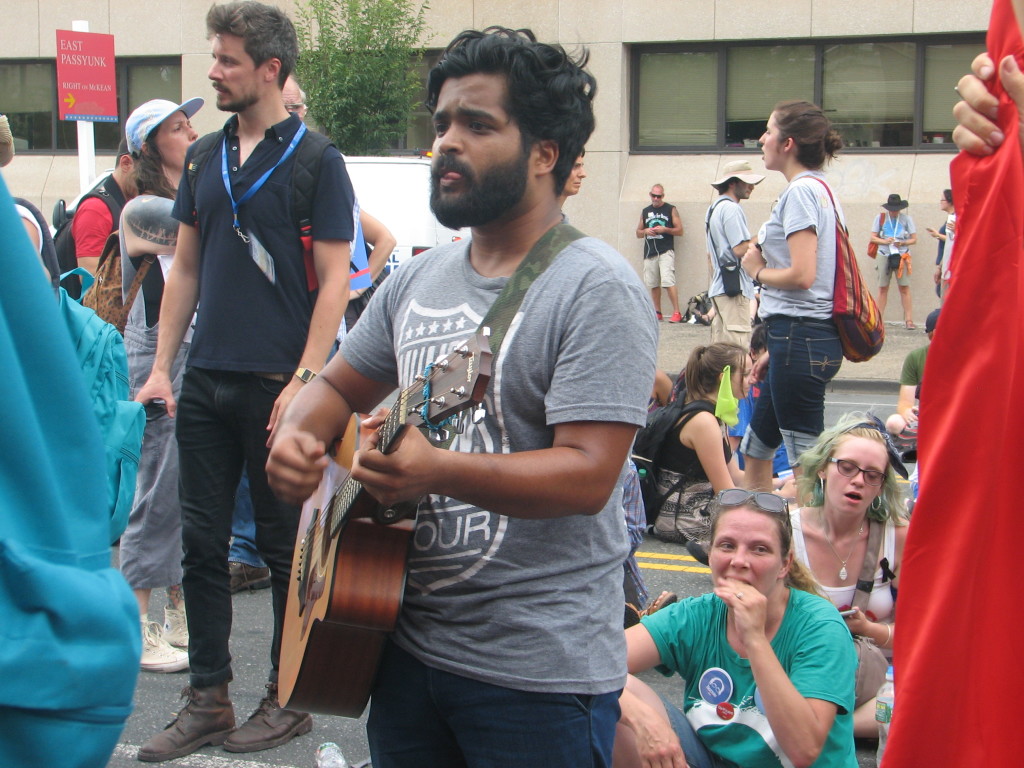
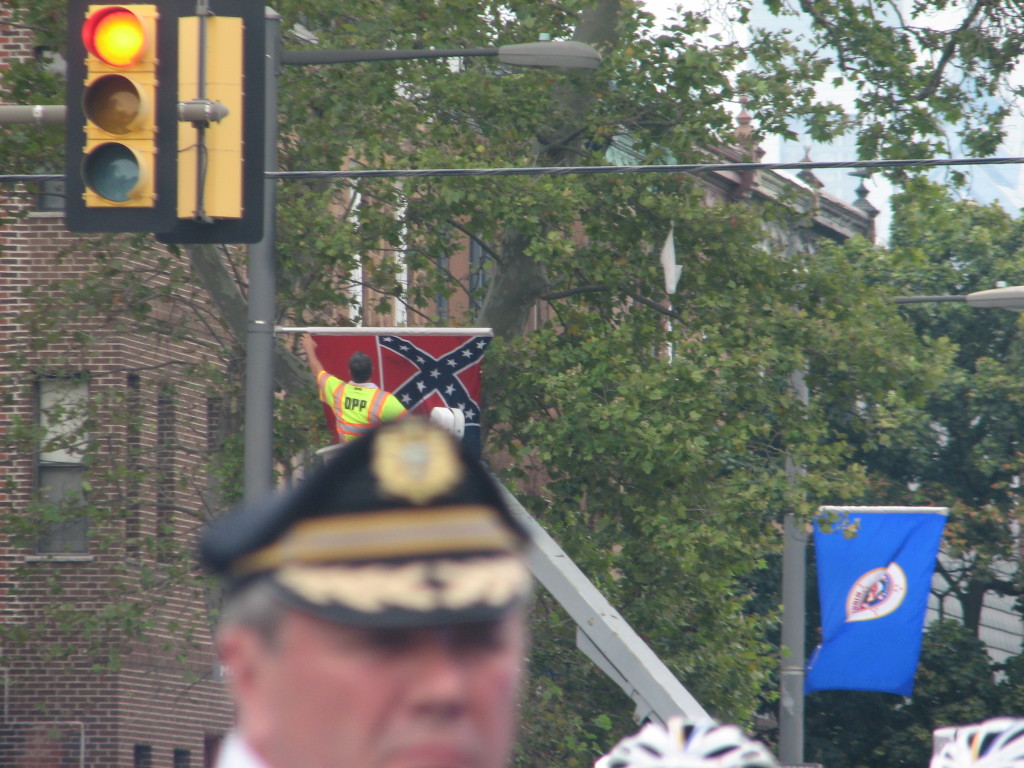
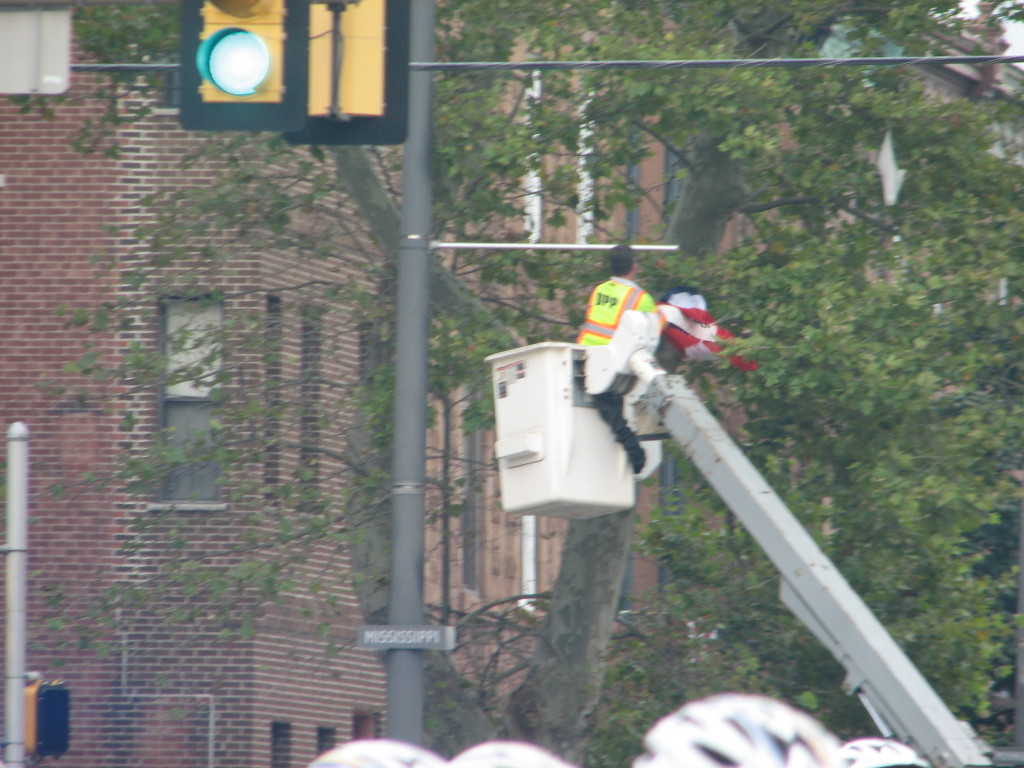
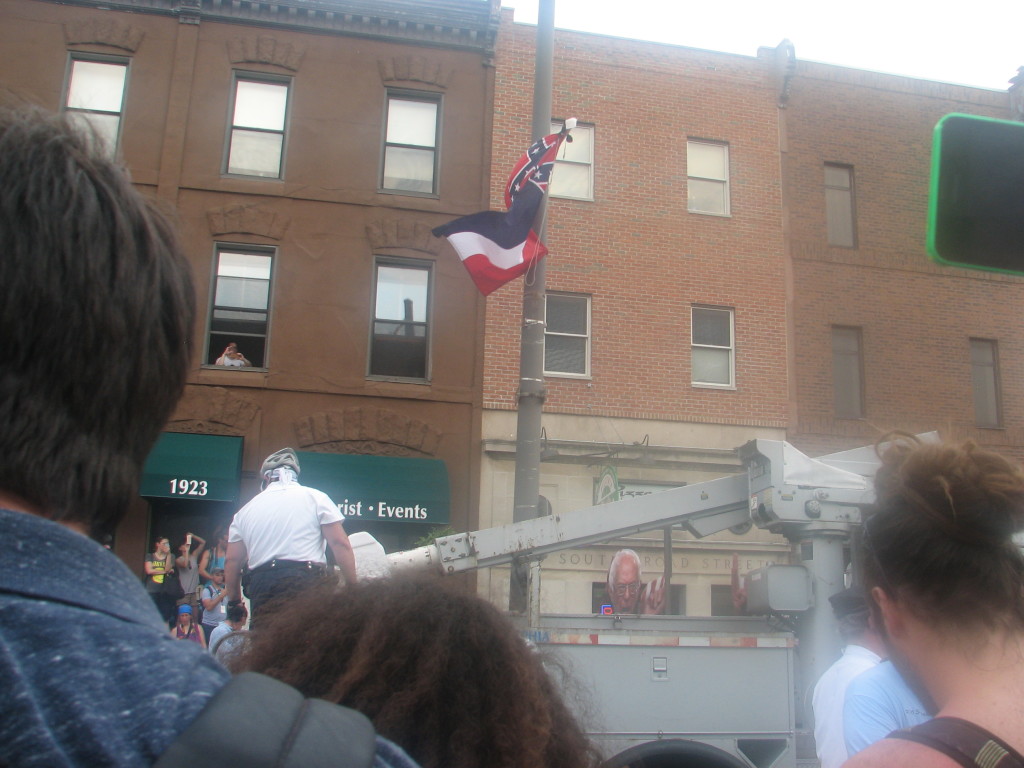
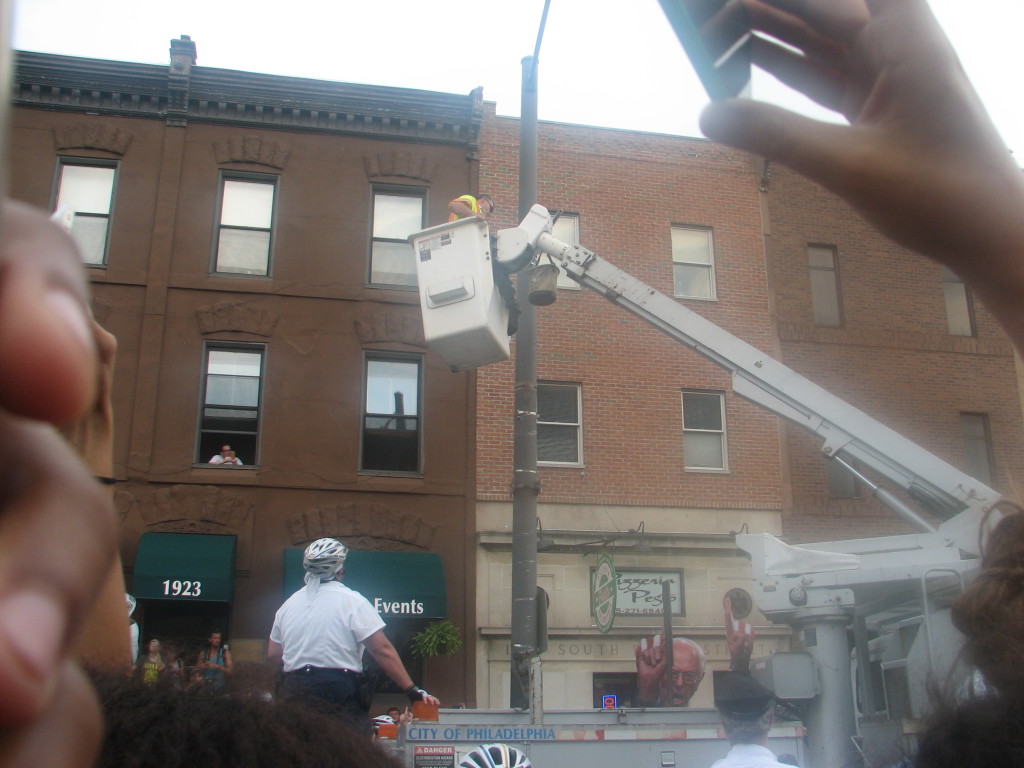
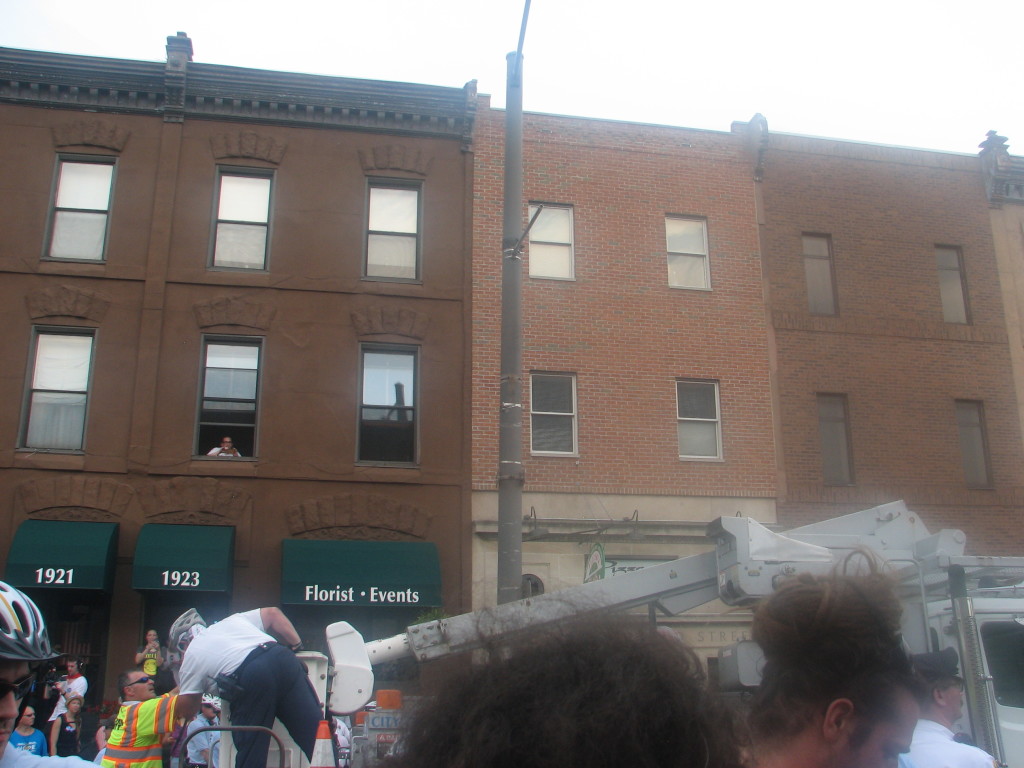
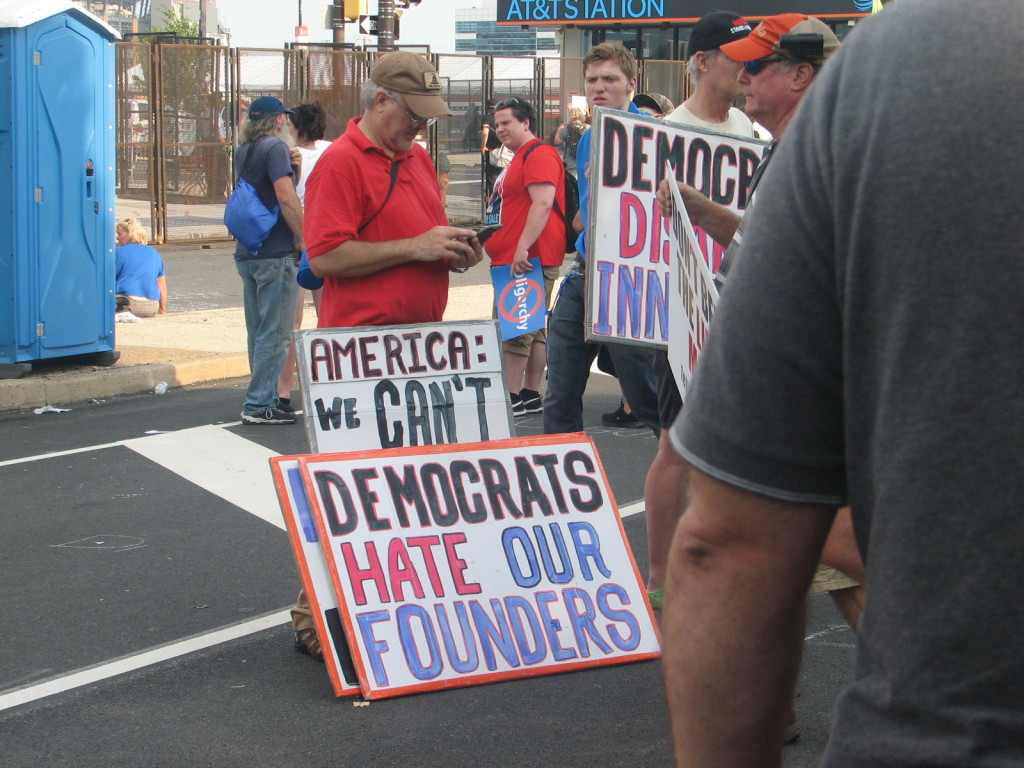
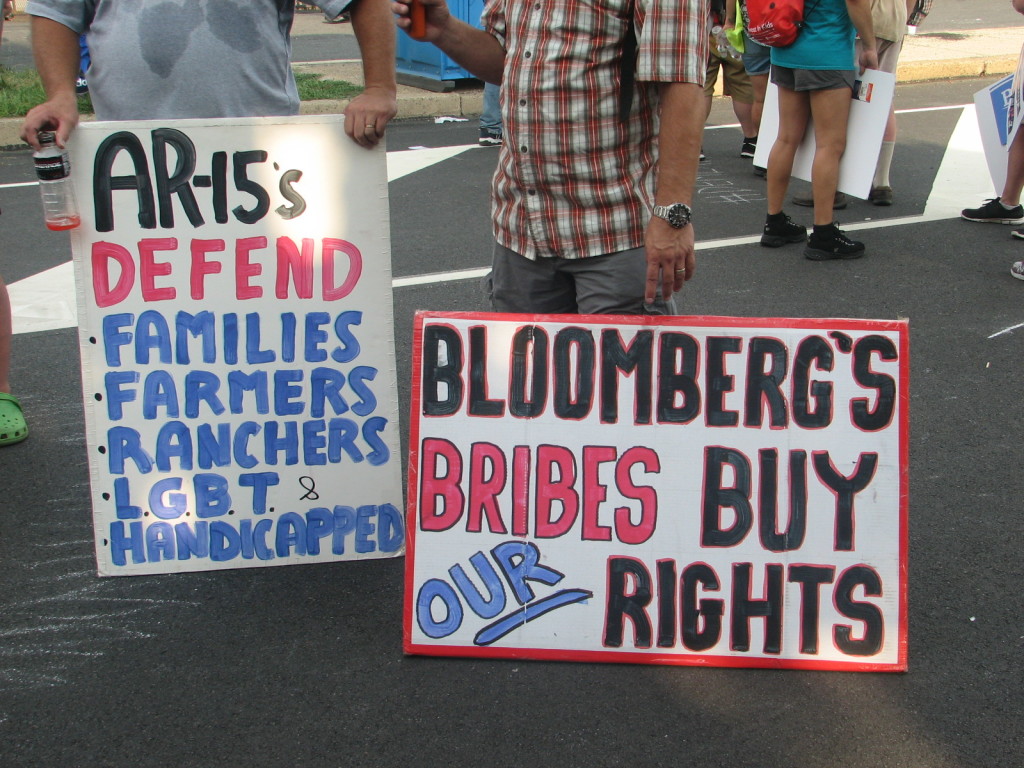
 Previous Post
Previous Post Next Post
Next Post